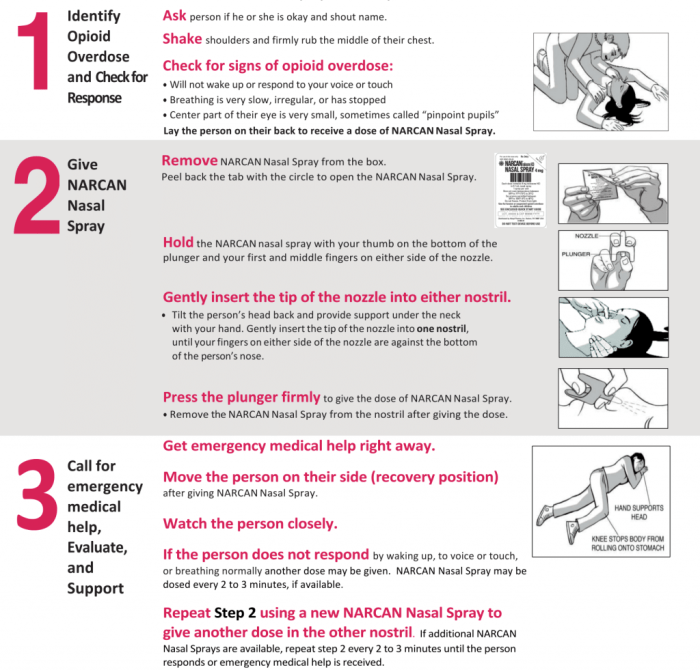After the second dose of naloxone liz almost immediately – After the second dose of naloxone, Liz almost immediately regained consciousness, her breathing steadied, and her heart rate normalized. This case highlights the remarkable effects of naloxone in reversing opioid overdoses, providing a lifeline for individuals in critical situations.
Naloxone, an opioid antagonist, acts by binding to opioid receptors and displacing opioids, thereby restoring normal physiological function. Understanding the immediate effects, mechanism of action, and clinical implications of naloxone is crucial for healthcare professionals and the community to effectively respond to opioid overdoses.
Immediate Effects
After receiving a second dose of naloxone almost immediately, individuals typically experience a rapid reversal of opioid-induced respiratory depression and sedation. Vital signs may return to normal, with increased respiratory rate, blood pressure, and heart rate. Mentally, they may become more alert and responsive, with improved cognitive function and reduced drowsiness.
Variations in these effects can occur based on factors such as the individual’s health history, dosage, and route of administration. For instance, individuals with underlying respiratory conditions may experience a slower recovery of respiratory function, while higher doses of naloxone may lead to more pronounced effects on vital signs and mental status.
Mechanism of Action: After The Second Dose Of Naloxone Liz Almost Immediately
Naloxone is an opioid antagonist that binds to opioid receptors in the brain and displaces opioids, thereby blocking their effects. This restores normal physiological function, including breathing and consciousness.
Endogenous opioid systems play a role in mediating the effects of naloxone. Naloxone binds to these receptors and disrupts the normal functioning of these systems, leading to the reversal of opioid-induced effects.
Clinical Implications

A second dose of naloxone may be necessary in cases where the initial dose does not fully reverse the effects of the opioid overdose. This can occur if the overdose was caused by a potent opioid or if the individual has developed tolerance to opioids.
The appropriate timing and dosage for administering a second dose should be guided by the individual’s response to the initial dose. Typically, a second dose of 0.4-2 mg of naloxone is administered intravenously or intramuscularly.
Risks associated with administering multiple doses of naloxone include potential cardiovascular complications, such as arrhythmias or hypotension, especially in individuals with underlying heart conditions. Benefits include the increased likelihood of reversing the opioid overdose and preventing respiratory depression or death.
Patient Management

After administering a second dose of naloxone, it is crucial to monitor the individual’s vital signs, respiratory function, and mental status closely. This monitoring should continue until the individual is fully recovered and no longer at risk of re-sedation or respiratory depression.
Potential complications, such as re-sedation or respiratory depression, can be managed by providing additional doses of naloxone as needed and administering oxygen or mechanical ventilation if necessary.
Public Health Considerations

Increasing access to naloxone has the potential to significantly reduce overdose mortality rates. Community-based naloxone distribution programs and harm reduction initiatives play a vital role in promoting naloxone awareness and reducing stigma associated with its use.
Strategies for promoting naloxone awareness include public education campaigns, training programs for healthcare providers and community members, and the development of naloxone vending machines in high-risk areas.
Common Queries
What are the typical physiological effects observed after the second dose of naloxone?
Restoration of consciousness, increased respiratory rate, and normalization of heart rate and blood pressure.
How does naloxone reverse the effects of opioid overdose?
By binding to opioid receptors and displacing opioids, restoring normal physiological function.
When is a second dose of naloxone necessary?
When the initial dose does not fully reverse the overdose or if re-sedation occurs.
What are the potential risks of administering multiple doses of naloxone?
Precipitation of withdrawal symptoms in opioid-dependent individuals.